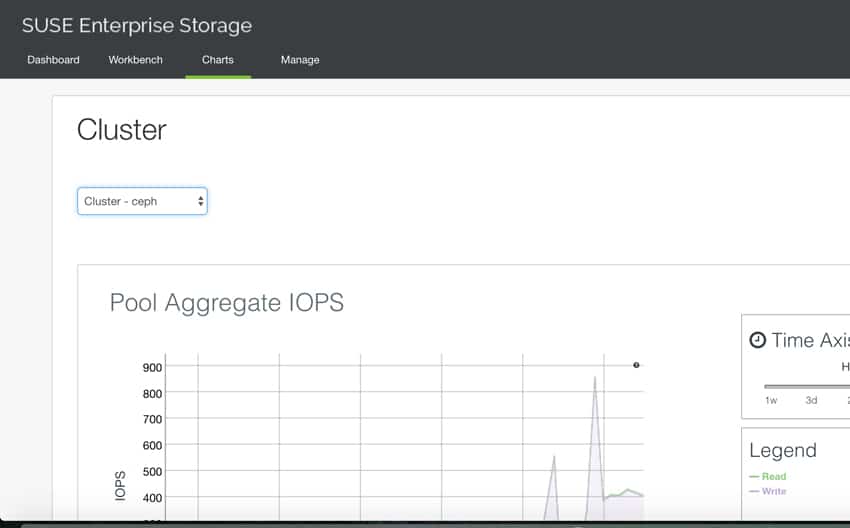Today at SUSECON 2017 in Prague, Czechia, SUSE introduced the latest version of its software-defined enterprise storage product, SUSE Enterprise Storage 5. The latest version comes with enhanced ease of management, improved performance, and expanded features. Of the new features, SUSE Enterprise Storage 5 has disk-to-disk capabilities as well as being the first commercial offering to support the new BlueStore backend within Ceph.

SUSE believes that the power of storage has always resided in the software. This coincides with what a Gartner Analyst recently noted in one of its Cool Vendor reports, “It has become painfully evident that storage capacity demands, and expectations for far more rapid provisioning of that storage, have far outpaced the ability of [infrastructure and operations] teams’ capabilities. Far-more-automated systems are required to restore a sense of balance, that is, storage solutions that offer much greater scale, but also much more automation.” SUSE is addressing this with more flexibility and choice through its software-defined storage (SDS), which gives customers secure, cost-effective, and efficient enterprise-grade storage.
Based on the Luminous release of the Ceph open source project, SUSE Enterprise Storage 5 is not only designed to lower cost and accelerate innovations, it is also ideally suited for compliance, archive, backup and large data storage. Uses cases of large data applications iclude video surveillance, CCTV, online presence and training, streaming media, X-rays, seismic processing, genomic mapping, and computer-assisted design. Backup and archive applications include Veritas NetBackup, Commvault and Micro Focus Data Protector, along with compliance solutions such as iTernity.
Customer benefits of this release include:
- The ability to service environments that require higher levels of performance through the new BlueStore native object storage backend. SUSE Enterprise Storage 5 offers up to double the write performance of previous releases, coupled with significant reductions in I/O latency
- The ability to free up capacity and reduce data footprint via BlueStore-enabled data compression.
- Increased disk space efficiency of a fault-tolerant solution through enablement of erasure coding for replicated block devices and CephFS data.
- Lowered operational cost with an expanded advanced graphical user interface for simplified management using the next generation openATTIC open source storage management system.
- Simplified cluster management and orchestration through enhanced Salt integration.
- Production support of the Network File System (NFS) Gateway exporting CephFS and enabling users on a client computer to access files over a computer network.
- Production support for the Network File System (NFS) Gateway exporting the RADOS object gateway (RGW) and enabling legacy file applications that need a filesystem interface to access cloud native Amazon S3 or Swift data.
- A technical preview of Ceph’s ability to export a file system to CIFS/Samba for heterogeneous connectivity.
Another new and interesting feature to SUSE Enterprise Storage 5 is an efficient and flexible disk-to-disk backup solution. According to the company, this new solution is scalable, self-managing, fault tolerant, always on, and easy to upgrade. While this sounds great it doesn’t sound unique. What set SUSE’s version apart is their ability to do all of this while avoiding the high costs that is typically associated with high-end functionality. SUSE does this through a combination of cost-effective hardware and open source software, lowering costs and avoiding vendor lock-in altogether. On top of this, SUSE offers innovative licensing model that avoids per-gigabyte storage costs.
Furthermore, SUSE states that customers can eliminate the need for a separate dedicated deduplication device (and the management and costs inherit in having one) through advanced backup software that provides deduplication services. SUSE is certified with leaders in enterprise backup software, including Commvault and Veritas, all of which feature built-in deduplication.
Availability
SUSE Enterprise Storage 5 is expected be available in the fourth quarter.




 Amazon
Amazon